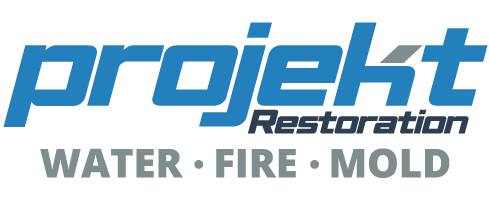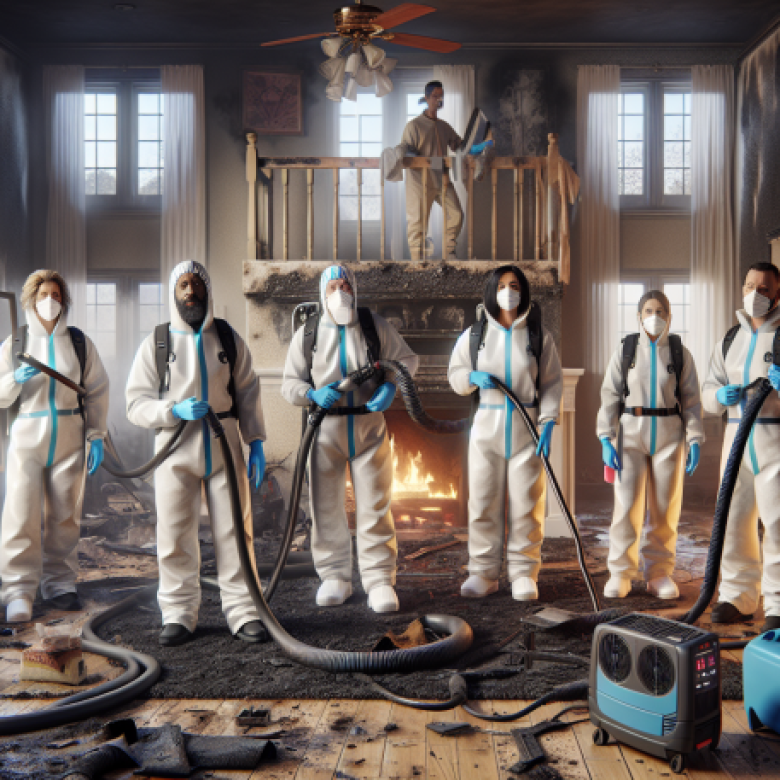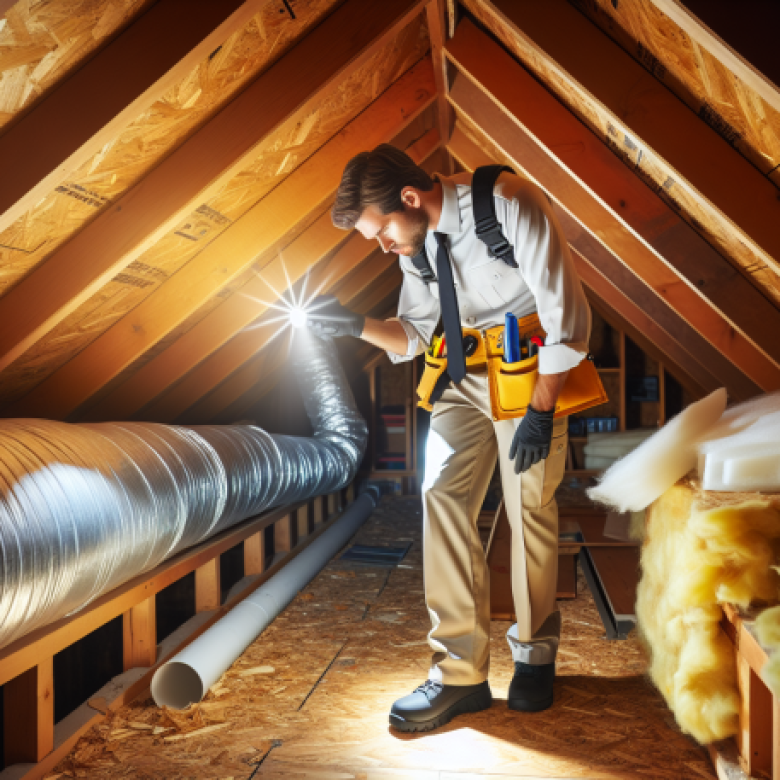Mold can be a hidden menace in any property, silently causing damage and health issues. Have you ever wondered when it’s time to take action and consider mold testing for your home or business? Understanding the signs and circumstances that warrant professional mold assessment is crucial for maintaining a safe and healthy environment.
Mold testing becomes essential when you notice visible mold growth, experience unexplained health symptoms, or detect musty odors. Additionally, if your property has suffered water damage or prolonged humidity, it’s wise to seek a professional evaluation. By addressing these issues promptly, you can prevent further damage and protect your health.
But these aren’t the only indicators that mold testing is necessary. As experts in property restoration, Projekt Restoration emphasizes the importance of proactive measures in mold management. Let’s delve deeper into the key signs that signal the need for mold testing and explore how our services can help you safeguard your property.
Understanding Mold and Its Impact on Properties
Mold is a type of fungus that thrives in damp environments. It reproduces through tiny spores that can easily spread through the air. Common types of mold found in properties include Aspergillus, Cladosporium, and Stachybotrys, often referred to as black mold. These molds can appear in various colors and textures, making them easy to identify.
Mold growth occurs when moisture levels are high. It flourishes in areas with poor ventilation, such as basements and bathrooms. Additionally, leaks from roofs or plumbing can create ideal conditions for mold to thrive. Once established, mold can quickly spread, leading to extensive damage.
Exposure to mold can have serious health implications for both humans and pets. Symptoms may include respiratory issues, skin irritation, and allergic reactions. In some cases, prolonged exposure can lead to more severe health problems. Therefore, it is crucial to address mold issues promptly. For a thorough mold assessment, consider consulting professionals. They can provide effective solutions, including dehumidification strategies to prevent future growth.
Signs of Mold Presence in Your Property
Mold can manifest in various visible forms throughout your property. Look for discoloration or dark spots on walls, ceilings, and floors. These patches often indicate moisture issues. Additionally, a musty odor frequently accompanies mold presence. This smell can be strong and persistent, making it a key indicator of hidden mold growth.
Hidden mold often thrives in damp areas like attics, basements, and behind walls. These locations may not be immediately visible, yet they can harbor significant mold colonies. To identify potential mold issues, conduct a preliminary visual inspection. Start by checking areas prone to moisture, such as bathrooms and kitchens. Look for water stains, peeling paint, or warped surfaces.
Use a flashlight to inspect dark corners and hidden spaces. Pay attention to any unusual odors as you move through your property. If you suspect mold, consider consulting a professional for a thorough mold assessment. For more information on remediation options, visit our contact page. Taking these steps can help you address mold issues before they escalate.
When to Consider Mold Testing
Mold testing becomes essential in various scenarios. For instance, if your property has experienced water damage or recent flooding, testing can identify hidden mold growth. Additionally, unexplained health issues among occupants may signal the presence of mold. In such cases, testing can provide clarity and guide necessary actions.
In real estate transactions, mold testing plays a crucial role. Buyers should consider it to ensure the property is safe. Sellers benefit from testing as well, as it can prevent future disputes and enhance property value. A clean mold report can be a strong selling point.
When deciding between DIY testing and professional help, consider the situation’s complexity. DIY kits can be useful for initial assessments. However, for extensive infestations or health concerns, seeking professional assistance is wise. Experts can provide thorough mold assessments and tailored solutions. Ultimately, understanding when to test can protect your health and property value. If you suspect mold, don’t hesitate to contact professionals for guidance.
Types of Mold Testing Methods
When it comes to mold testing, several methods can provide valuable insights. Air sampling is a popular choice. It captures airborne spores, offering a snapshot of mold presence. However, it may not reveal hidden mold sources. Surface sampling, on the other hand, involves swabbing surfaces to detect mold growth. This method is effective for identifying visible mold but may miss spores in the air. Bulk sampling entails collecting materials suspected of mold contamination. While this method can provide definitive results, it requires careful handling and analysis.
Using accredited laboratories for mold analysis is crucial. These labs ensure accurate results and adhere to industry standards. Inaccurate testing can lead to improper remediation, potentially worsening the problem. During the testing process, expect a thorough inspection of your property. Professionals will collect samples and may discuss findings with you. They will guide you on the next steps, ensuring you understand the implications of the results. For more information on mold assessment, visit mold assessment or explore our contact page for assistance.
Interpreting Mold Test Results
Understanding mold test reports is crucial for property owners. First, familiarize yourself with the report’s layout. Typically, it includes spore counts and identifies specific mold species. Acceptable levels of mold spores vary, but generally, counts below 100 spores per cubic meter are considered normal. Counts above this threshold may indicate a problem, especially if certain species are present.
Common mold species include Aspergillus, Cladosporium, and Stachybotrys. Aspergillus can cause respiratory issues, while Cladosporium is often linked to allergies. Stachybotrys, known as black mold, poses serious health risks and requires immediate attention.
After reviewing the results, determine your next steps. If mold levels exceed acceptable limits, consider remediation. This process involves removing the mold and addressing the moisture source. If you’re unsure about the results, further testing may be necessary. Consulting with professionals can provide clarity and ensure your property remains safe. For more information, visit our contact page or use our calculator for estimates.
Mold Remediation: What to Do After Testing
After receiving mold test results, the next step is effective mold remediation. First, identify the source of moisture. This is crucial because mold thrives in damp environments. Next, contain the affected area to prevent spores from spreading. Use plastic sheeting to seal off doors and vents.
Hiring certified professionals is essential for thorough remediation. They possess the expertise and equipment necessary to handle mold safely. Additionally, they can ensure that the remediation process meets industry standards. For those considering DIY methods, wear protective gear, such as masks and gloves. Use a mixture of water and detergent to clean small areas. However, avoid tackling extensive infestations without professional help.
Once remediation is complete, focus on preventing mold recurrence. Ensure proper ventilation in your home. Consider using a dehumidifier to maintain optimal humidity levels. Regularly inspect areas prone to moisture, such as basements and bathrooms. For more information on mold assessment, visit mold assessment. If you need assistance, don’t hesitate to contact professionals for guidance.
Preventive Measures to Avoid Mold Growth
To effectively prevent mold growth, controlling moisture is essential. Start by ensuring proper ventilation throughout your property. Open windows when weather permits, and use exhaust fans in kitchens and bathrooms. This promotes air circulation and reduces humidity levels. Additionally, consider using a dehumidifier in damp areas, especially basements. Maintaining indoor humidity below 50% can significantly deter mold.
Regular property inspections play a crucial role in mold prevention. Check for leaks in plumbing and roofs, as these can create ideal conditions for mold. Address any water damage immediately to minimize risks. Furthermore, ensure that gutters and downspouts direct water away from your foundation.
Another effective strategy involves keeping your home clean and clutter-free. Dust and debris can trap moisture, so regular cleaning is vital. Lastly, consider using moisture-absorbing materials in areas prone to dampness. By implementing these strategies, you can create an environment that is less conducive to mold growth. For more information on maintaining a mold-free property, visit our contact page or explore our dehumidification services.
Legal and Insurance Considerations
Mold presence in rental properties can lead to significant legal implications. Landlords must ensure their properties are safe and habitable. Failure to address mold issues may result in legal action from tenants. Moreover, mold can complicate property insurance claims. Insurers often require thorough documentation of mold problems before approving claims.
To protect your interests, document any mold issues meticulously. Take photographs and keep records of communications with your landlord or tenants. This documentation can be crucial when filing an insurance claim.
Tenants have rights regarding mold exposure. They can request remediation and may be entitled to rent reductions if the mold problem persists. Conversely, landlords have a responsibility to maintain a safe living environment. They must respond promptly to mold complaints and take necessary actions to remediate the issue.
For more information on mold assessment, visit mold assessment. If you need assistance with remediation, check out our Cooper City mold removal services. Understanding these aspects can help both tenants and landlords navigate mold-related challenges effectively.
Frequently Asked Questions (FAQs)
Mold exposure poses several health risks, including respiratory issues, allergies, and skin irritations. If you notice a musty odor or visible mold growth, it’s time to consider mold testing. In case you find mold in your home, act quickly. Clean small areas with soap and water, but for larger infestations, consult professionals.
Typically, mold testing costs range from $200 to $600, depending on the property size and location. While DIY kits are available, they may not provide accurate results. Therefore, hiring experts is often the best choice. The mold testing process usually takes one to three days, including analysis time.
If your mold test results are positive, remediation is essential. Follow up with a qualified service to ensure thorough removal. To prevent mold from returning after remediation, maintain low humidity levels and ensure proper ventilation. Regularly inspect areas prone to moisture, such as basements and bathrooms. For more information on mold removal, visit our mold removal page.
Conclusion and Final Thoughts
Addressing mold issues is crucial for maintaining a healthy living environment. Throughout this article, we highlighted the signs that indicate the need for mold testing. Additionally, we discussed the potential health risks associated with mold exposure. Ignoring these issues can lead to severe consequences, both for your property and your well-being.
Taking proactive steps is essential. Regular inspections and timely mold assessments can help identify problems before they escalate. Furthermore, implementing effective dehumidification strategies can significantly reduce moisture levels, thus preventing mold growth.
In conclusion, do not underestimate the importance of addressing mold promptly. By staying vigilant and informed, you can protect your property and health. If you suspect mold, consider reaching out for professional help. Taking action now can save you from costly repairs and health issues later. Remember, prevention is always better than cure.





